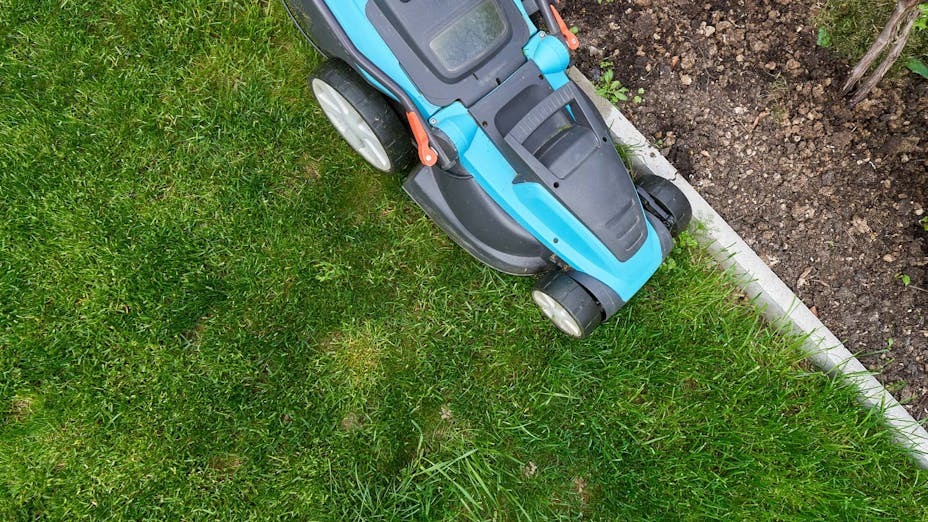
How to Mow Lawn Edges
Grass edging and cutting advice plus ways to prevent premature drying of lawn edges by shaping or installing heat barriers
A simple task yet often overlooked. If you are taking heed of the Lawnsmith’s lawn mowing tips and good mowing practices then a few more minutes doing a good job on the edges will be the cherry on the icing on the cake!
There are two types of edge – open and closed edges. Open edges are those that are exposed on one side e.g. along the borders. The closed edge is where the lawn stops and another surface starts e.g. the driveway or patio. You need to look after these slightly differently.
Open Edges:
- Don’t stand on the edges when mowing or gardening
- Trim the edges with edger, shears or electric strimmer every 2 to 3 cuts
- Repair (re-cut) edges with a half-moon edging tool if they have noticeable imperfections
- Edges should have a 20 – 40 degree angle on them. In other words the cut should slope outwards (into the border) from top to bottom. This helps prevent the grass roots from drying and causing ugly brown edges in an otherwise green lawn
Closed Edges:
- If the lawn and adjoining surface are level you should be able to mow over the edge without difficulty when you cut the lawn
- If levels are considerably different (more than 3-5cm) edge as for open edges with shears etc
- If the lawn is only a little lower mow as in the left diagram with the mower mainly on the lawn. You may have to raise the mowing height to avoid damaging the blade on the hard surface
- If the lawn is slightly higher than the other surface then mow as in the right hand diagram with the mower mainly on the ‘other’ surface. You may also need to raise the mowing height to minimise scalping of the lawn.

The night storage heater effect
Most closed edges dry in the summer very rapidly. This is because the surfaces they butt up to (drive or patio) are usually made of stone, brick or concrete. In the summer these get hot and hold onto the heat through the cooler evenings a bit like a night storage heater.
This has a severe drying effect on the adjoining soil. If possible install an insulating barrier between lawn and stone work. A plank of outdoor or decking timber is perfect as it is hard and won’t heat up. If this isn’t possible keep the edges well watered in summer.